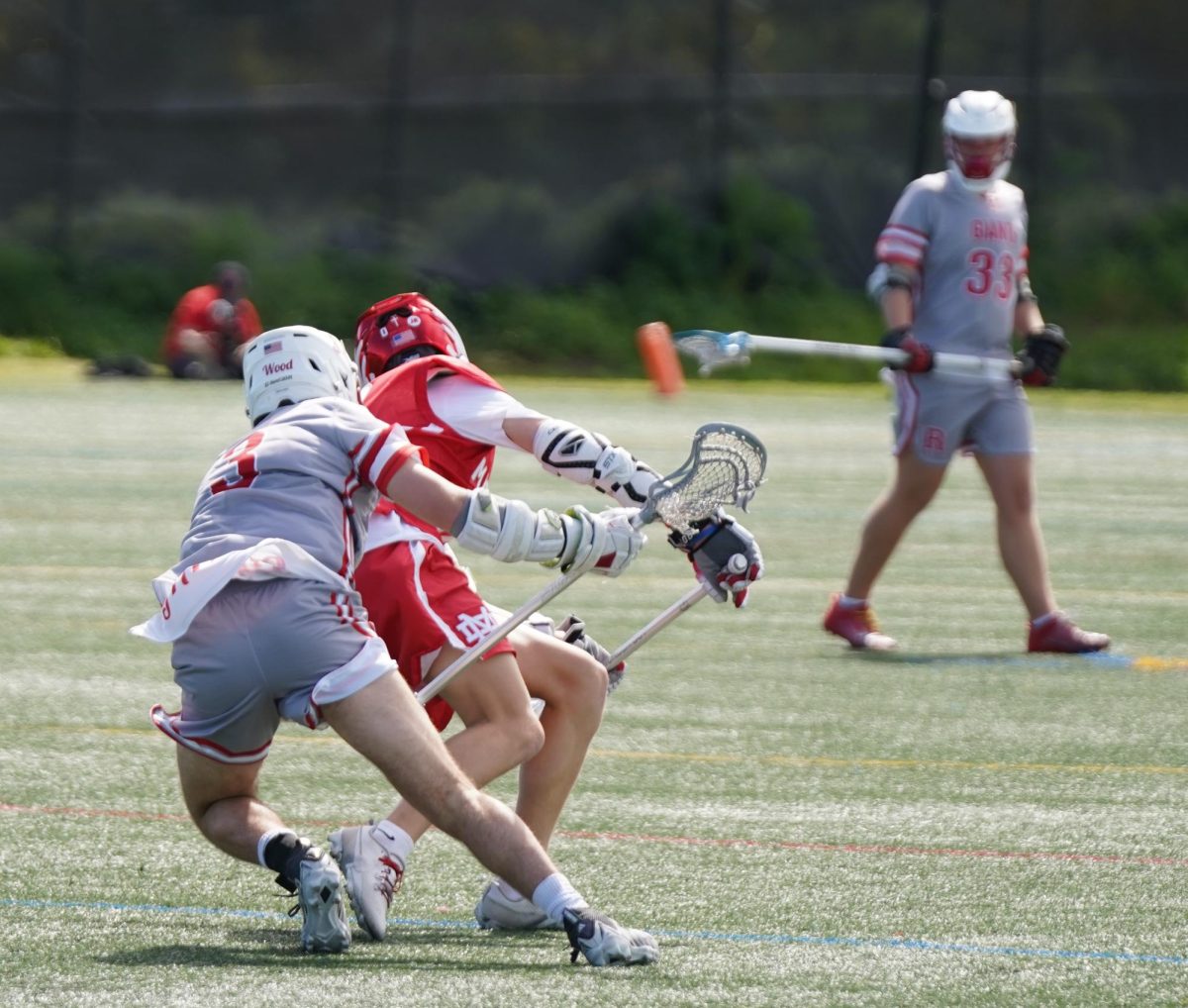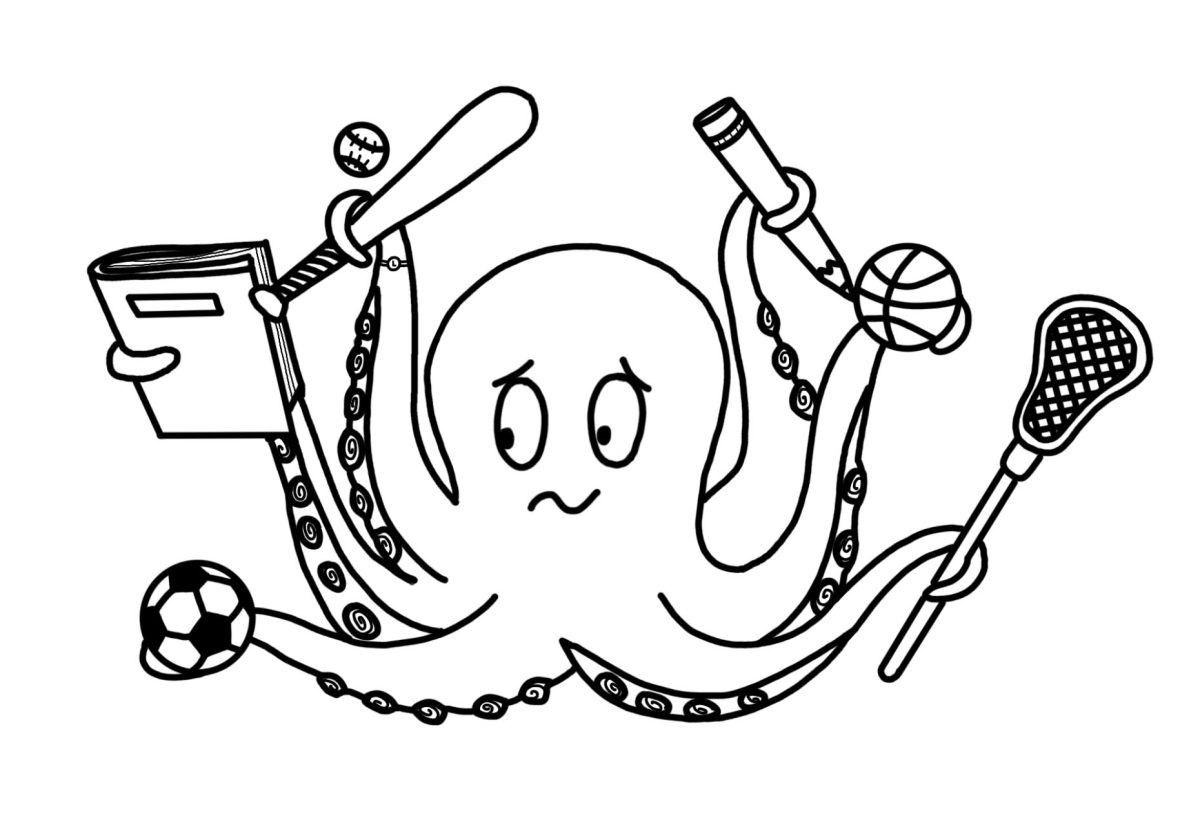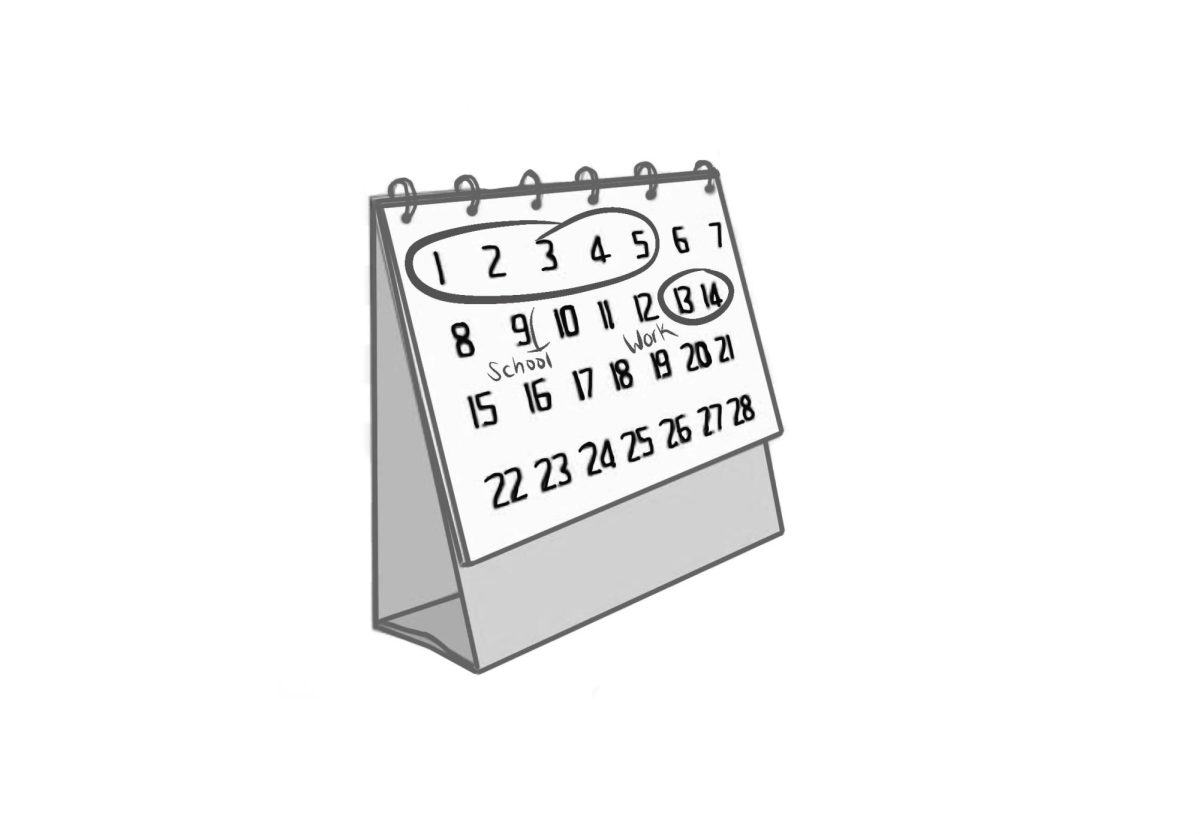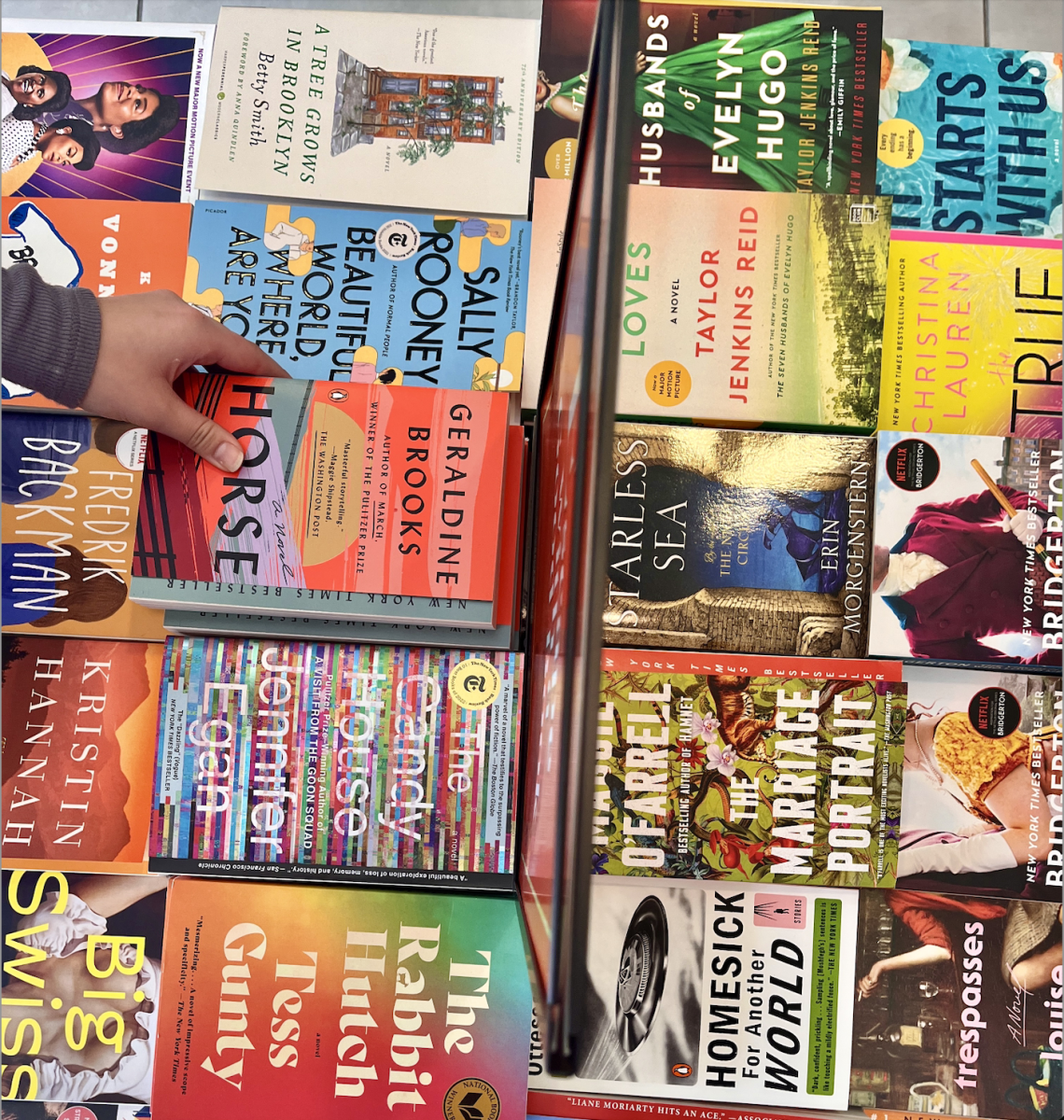While Alan Turing’s World War II code breaking is often overlooked by American history textbooks, his importance is properly acknowledged in The Imitation Game, a thrilling movie premiering on Dec. 25 that blends entertainment and history.
The complexity in which the film portrays Turing gives much more meaning to his legacy. The Imitation Game not only depicts how Turing (Benedict Cumberbatch) broke the code, but it also portrays the many secrets he burdened. Despite the entertaining enhancements of the plot, The Imitation Game is one of the few scripted films in 2014 that tells a story of absolute importance.
The Imitation Game shifts between three time periods in Turing’s life, largely focusing on the time during World War II in which Turing and his peers were tasked with breaking the Nazi-Enigma Code that was used during World War II to cipher and decipher messages electronically. Turing is also depicted after the war, when a detective looks into his past, and before the war, when he was an unpopular boarding school student.
Turing had many secrets he kept hidden, which Cumberbatch portrays in a nuanced performance, layering the many aspects of Turing’s personality. The cast is top notch, starting with Cumberbatch as Turing and Keira Knightley as Joan Clarke, a mathematician who joined Turing in his secrets and differences from society.
The supporting actors follow through as well: Matthew Goode is fittingly charming as Hugh Alexander, a mathematician assigned to Turing’s team, and the witty Mark Strong is humorous as MI6 agent Stewart Menzies. Charles Dance as Commander Denniston proves a convincing adversary to Cumberbatch’s eccentric Turing.
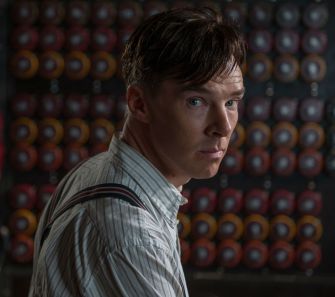
The small details of the film are also executed well: the score by Alexandre Desplat is sure to garner award nominations come January.
The film chooses to highlight how different Turing is from what was considered to be “normal” during the time period.
“Sometimes it is the people no one imagines anything of who do the things that no one can imagine,” Turing and Clarke repeat to each other throughout the film, a quote most representative of the both of their characters. They were similar in that they were different from anyone else.
The film is vague in describing how Turing and his team broke the Enigma code, and this plot point could have been examined further. The film attempts to be historically accurate while simultaneously trying to entertain, and some of the historical details are lost among the personal backstory of Turing.
The Imitation Game opts to tell a more personal tale rather than a historical event, and the details used in reference to Turing’s character and life are successfully delivered in an emotional way filled with both humor and sadness.
Alan Turing was truly an enigma. The way in which The Imitation Game represents his life leaves a lasting memory for the viewer that history books cannot convey.

